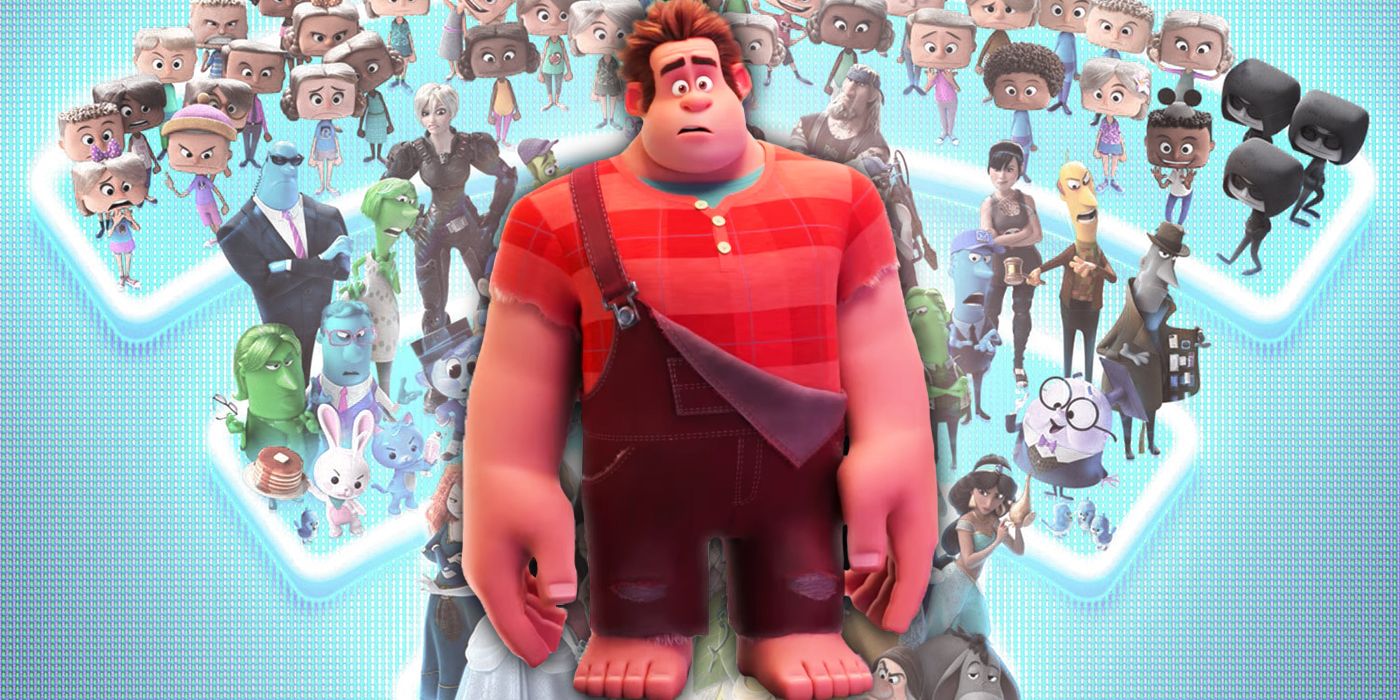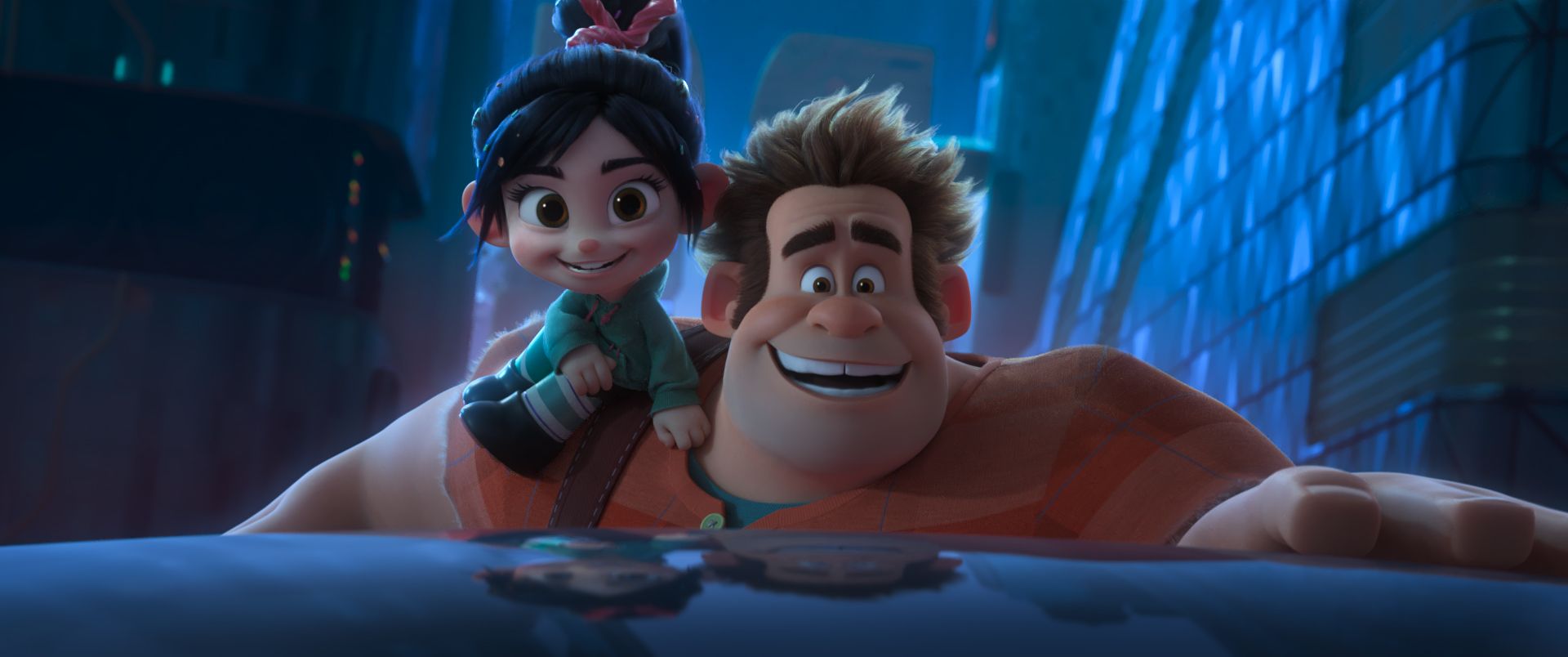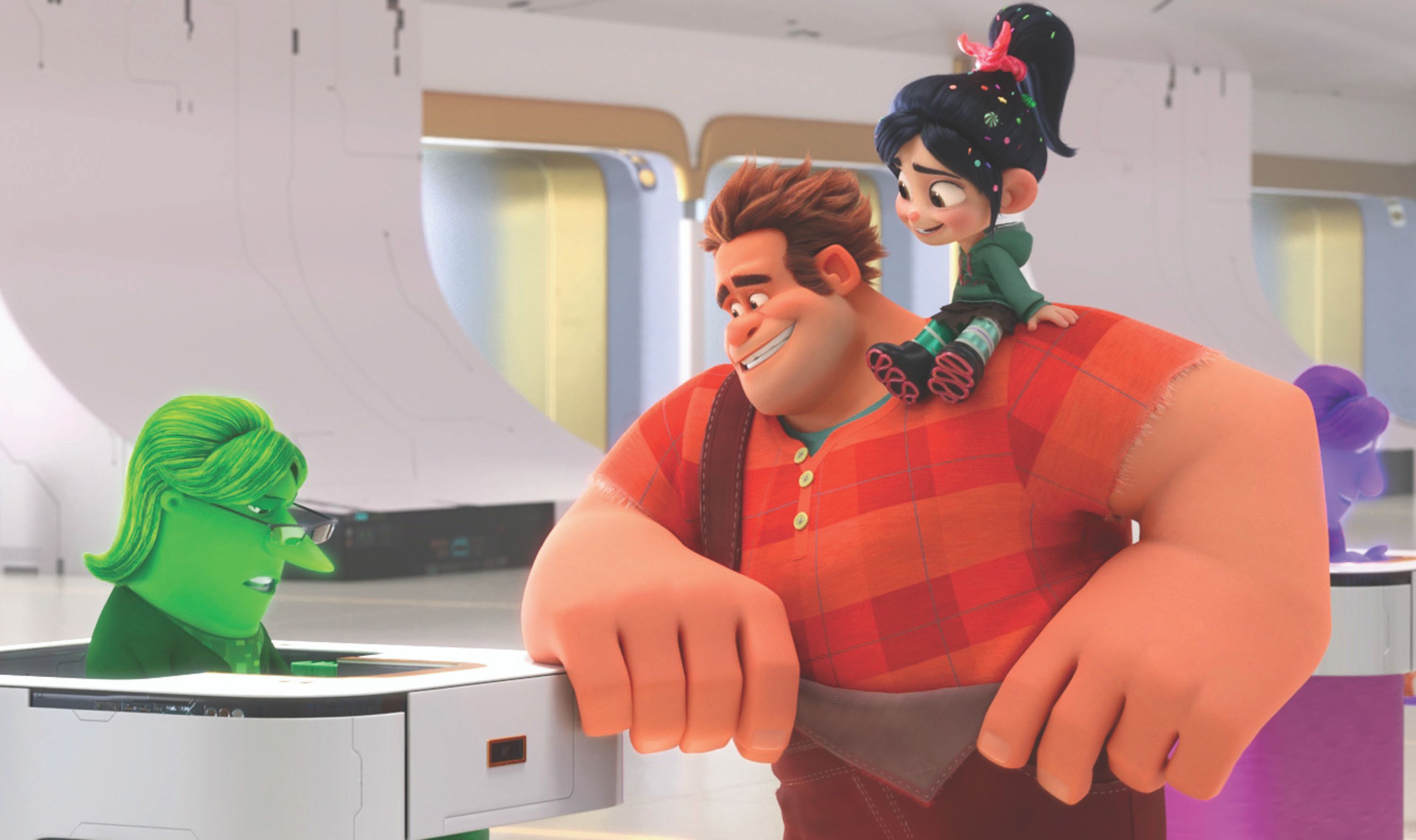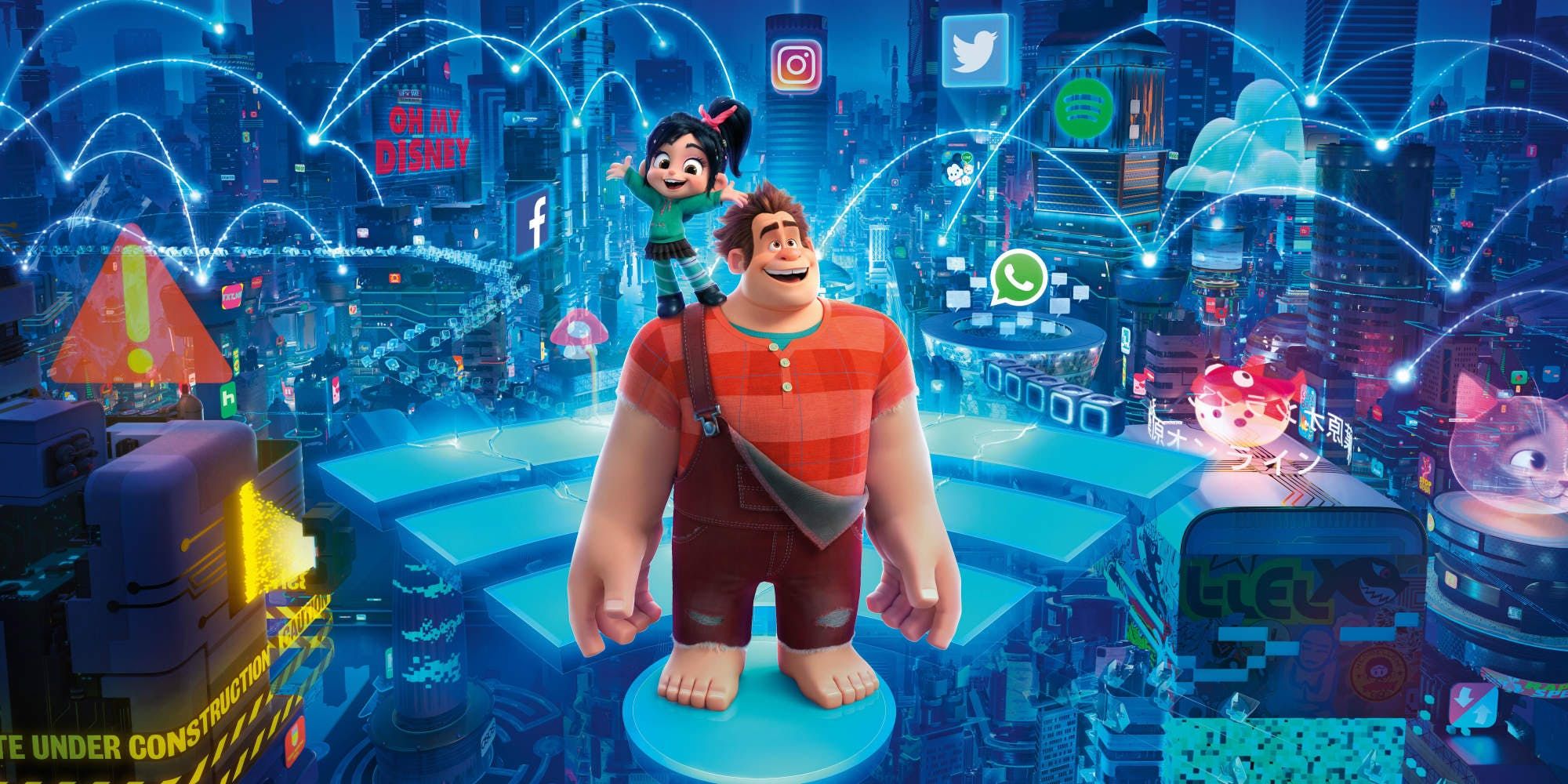WARNING: The following article contains spoilers for Wreck-It Ralph: Ralph Breaks the Internet, in theaters now.
Wreck-It Ralph was a critically-acclaimed and commercially successful Disney movie, but for all the solid comedy, video game references and bright visuals, it was the characters at the core of the film that not only grounded the story, but made it so impactful.
Ralph was more than just another “villain tries to go good.” He was a sweetheart under 10 layers of bluster; someone who wanted to be seen for more than just the role he plays. It’s what made him, and his journey, so endearing.
RELATED: Ralph Breaks the Internet: Early Reviews Declare Animated Sequel Better Than the First
But as Ralph Breaks the Internet shows, that isn’t always enough. Just being happy with yourself and not allowing room for growth can stunt your relationships, and cause unintended destruction. Ralph reached a point of acceptance, both externally and internally, and refused to realize that the world can keep growing. Life changes. He does everything he can to stop that, even endangering the person who means the most to him, just so things can remain happy and static.
As such, in one of the most interesting decisions of the film, the villain of Ralph Breaks the Internet is Ralph himself.
The Antagonist
One of the more unique aspects of Ralph Breaks the Internet is that, at first glance, there’s no real villain in the film. The first movie set up Ralph’s journey, introduced him to Vanellope and her similar plight, and revealed that King Candy/Turbo was a dark reflection of their desire to become something “better” than what they are. He's a great villain who symbolizes what they want, and how bad things could become if they don't learn to rein themselves in.
But in the sequel, there’s no malicious force behind the scenes. There’s a ticking clock to the plot -- if Ralph and Vanellope can’t get a new steering wheel from eBay before the end of the week, the broken Sugar Rush game will be removed from the arcade -- but there's no force behind it.
RELATED: Ralph Breaks the Internet is a Solid Sequel with an Amazing Message
There are also characters who initially seem as if they may have secret machinations (such as Bill Hader’s Spamley and Taraji P. Henson's Yesss), but both end up throwing themselves into harm’s way to help our heroes by the end of the film.
There’s no antagonist for Ralph to punch out, because by the end of the movie, Ralph has realized through his actions and behavior that he’s become the antagonist. The final act of the film even consists of Ralph having to fight himself. Well, it's a King Kong sized amalgamation of thousands of copies of Ralph piled on top of each other into his shape, but the point stands.
Next Page: After He Breaks The Internet, Can Ralph Be Redeemed?
Bad Things For Sweet Reasons
One of the main themes of the film is the recognition that change, while potentially painful, is a good thing. Vanellope loves being a racer, but she’s become bored with her routine. It’s not that she dislikes it by any stretch of the imagination, but at her core is a yearning for something new. She wants to race on tracks she’s never seen before. She wants to try and grow as a racer. Ultimately, she wants something different.
However, since the first film ended with Ralph basing so much of his self-worth on Vanellope and her feelings about him, he can’t handle such a revelation. He can see the excitement on her face when they enter the intense and challenging Slaughter Race, but he’s hesitant to let her go be herself. He convinces himself that she just wants the same things that he always wants, and that if she disagrees, he just needs to show her the light.
RELATED: Ralph Breaks the Internet Features This Guardians of the Galaxy Cameo
That dedication to a world that only he sees as paradise leads him to unleashing a self-replicating virus onto Slaughter Race, which accidentally crashes the game and almost gets Vanellope killed. When Vanellope finds out what he did, her anger is completely justified.
The virus, fueled by Ralph’s “insecurity,” quickly spreads around the internet, laying waste to anything in its path. All it wants is for Vanellope to be its best friend forever, regardless of the damage it does to the world or her. It's Ralph's worst side, personified as a giant, and it's not exactly subtle.
Words, Not Fists
The arc comes full circle when Ralph battles the… well, other Ralph to save Vanellope. Although he puts up a good fight (using the Pinterest pin as a club is pretty great), he just can’t punch his way out of this one. What ultimately stops the monster is words.
Ralph recognizes what he’s done, and the pain he’s caused. He also finally comprehends that it’s not all about what he wants. If he really is Vanellope’s friend, he should be supportive of her wants too. It’s a tender moment that saves the day, and a recognition of his own shortcomings.
RELATED: Disney Got a Kylo Ren Joke Changed in Ralph Breaks the Internet
Ralph essentially talks himself down from making a terrible mistake, and saves the internet (and Vanellope) as a result. The film ends on a bittersweet note, with Vanellope in Slaughter Race and happy, and Ralph learning how to be okay with that. It’s a difficult but necessary lesson for Ralph (and the audience) to learn, one that is tackled wonderfully throughout the film.
Directed by Rich Moore and Phil Johnson, Ralph Breaks the Internet arrives in theaters Nov. 21. The film features the voices of John C. Reilly, Sarah Silverman, Taraji P. Henson, Gal Gadot, Jane Lynch, Ed O’Neill and almost every Disney Princess voice recorded.




